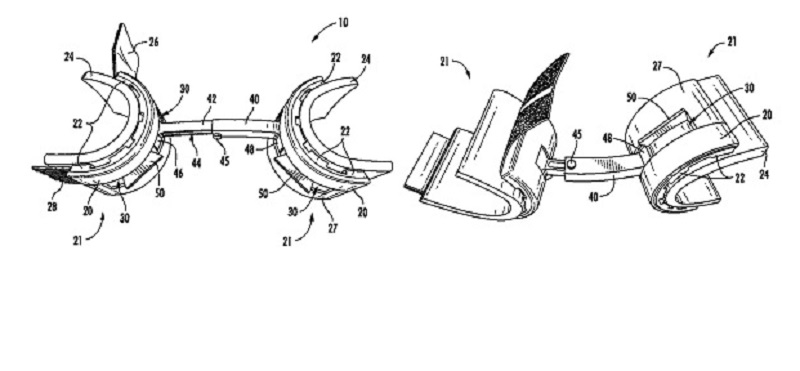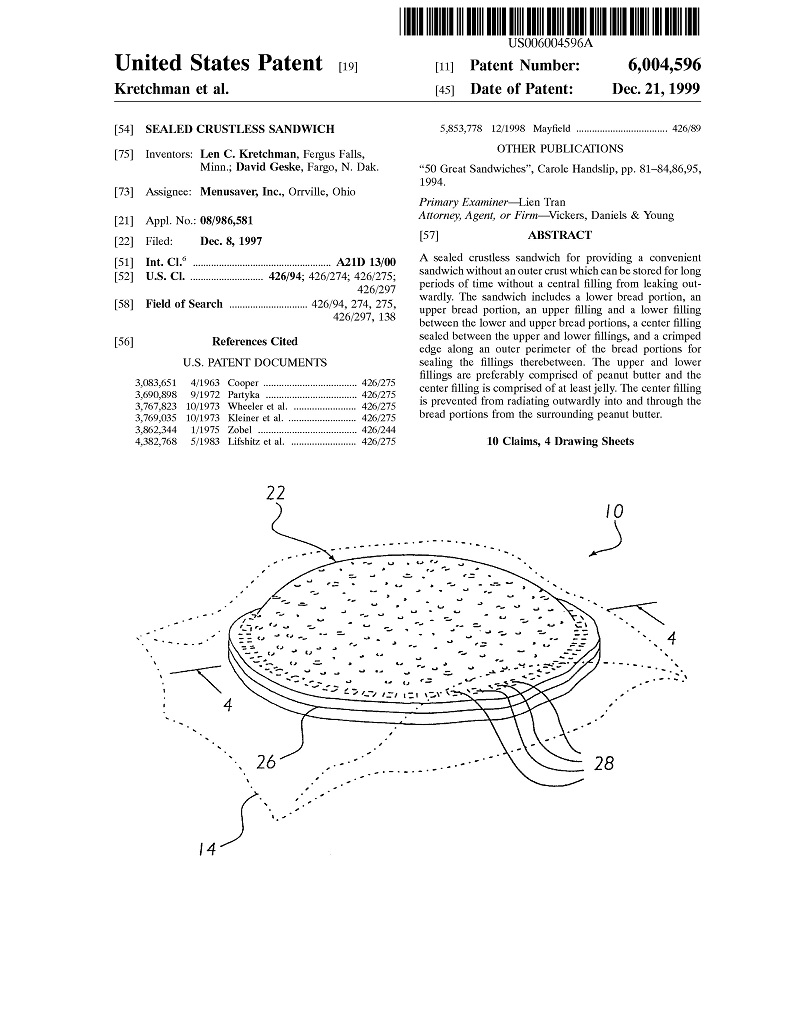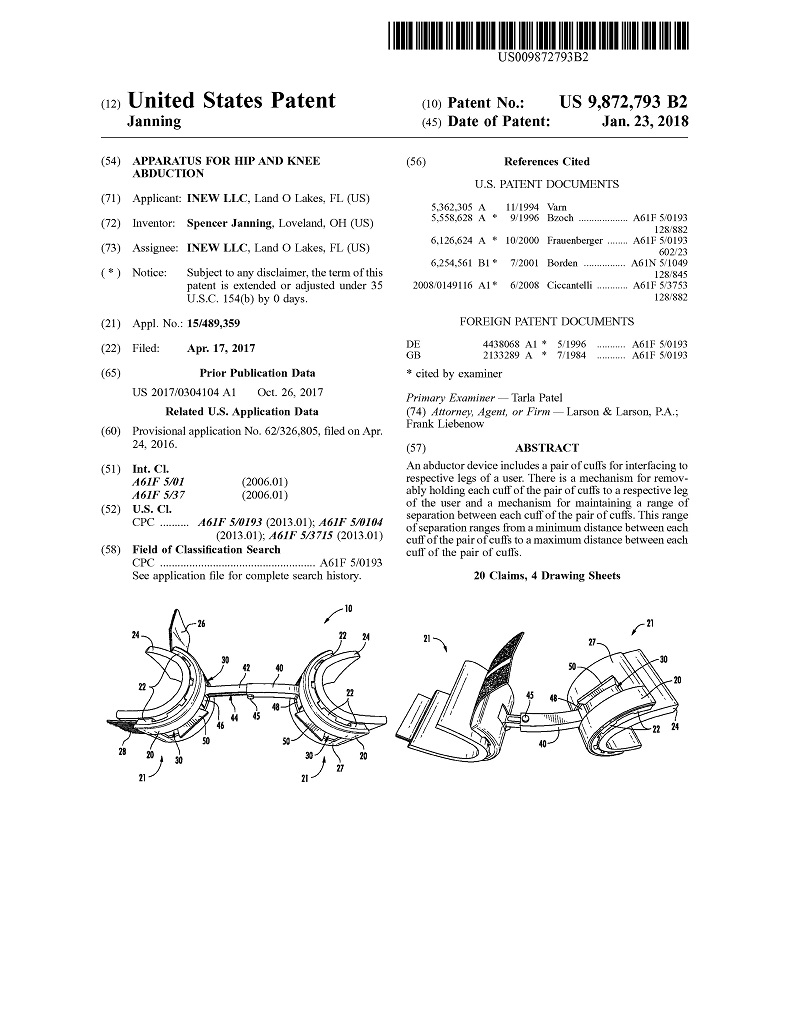University Libraries

‘Patent Pending’: Who Invented That?
By Bridget Garnai
Have you ever wondered who invented the “Sealed Crustless Sandwich” (aka Uncrustables) or the “Board Game Apparatus” known as Monopoly? In a recent AVIATE program at Roesch Library, students not only found out, but they also successfully searched and located the patents that were granted for these inventions.
Patents: Constitutionally Supported Innovation
Inspired by UD student Spencer Janning, who patented the leg and hip abductor he designed in a class in collaboration with Leonardo Enterprises, Heidi Gauder, coordinator of research and instruction in the University Libraries, shared some background information about patents and the U.S. Patent and Trademark Office (USPTO). Gauder introduced the concept of patents with the language from the U.S. Constitution, Article 1, Section 8: “The Congress shall have the power to promote the progress of science and useful arts by securing for limited times to authors and inventors the exclusive right to their respective writings and discoveries.” The very existence of this constitutional article points to the importance of protecting intellectual property and promoting the advancement of innovation in our society.
Upping our Research Game
Librarians often help students search for patents as part of their research for engineering and business projects, but patents are seldom addressed in other courses. To acquaint students with the technical language and illustrations common in patent documentation, I shared a game with students in which they had to guess commonly known names for interesting patents based on their technical names and cropped illustrations. An abstract view of these technical drawings sometimes offered a clue to a patent’s more well-known identity, as with the gears of the “Mechanical musical instrument” commonly known as a player piano; other times, it made that identity even more elusive, as with the “Method and apparatus for strengthening fibers” that we would call fiberglass.
After a patent number search demonstration on the USPTO website, it was the students’ turn to research. Students identified the patent title, inventor name(s) and the year the patent was issued and filled out a Google form. I transformed the data into a timeline, allowing the participants to see the patents that the group had located.
A Whole New Appreciation
Patents help protect and support innovation. Valuable to researchers for the information they include, they also are important primary source documents in U.S. history. Without patents, could unsung heroes like Carmela Vitale be remembered for her invention of the “Package saver,” which has been keeping our pizza cheese from sticking to pizza box lids since before 1983? Could the “cornhole” vs. “bags” debate in your front yard finally be settled with a look at David J. Conville’s 1990 patent for “Bag tossing game?” Patents can offer insight into the history of the crafty, high-tech, low-tech and even mundane objects that surround us every day. Start exploring the patents around us in the USPTO’s online game “Spot the Invention” and you just might gain a whole new appreciation for the inventors who patented their innovations.
— Bridget Garnai is a lecturer in the University of Dayton Libraries.





